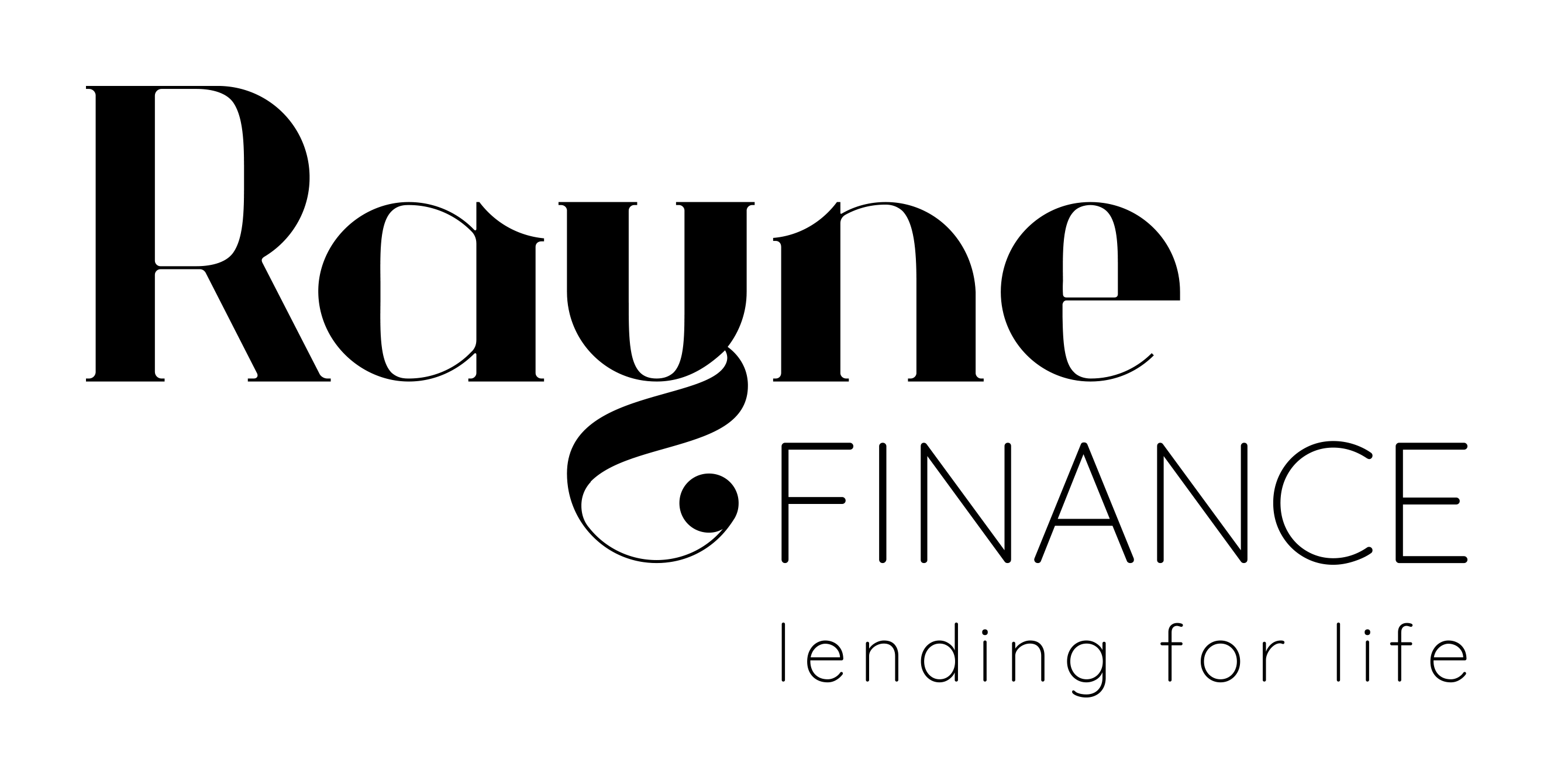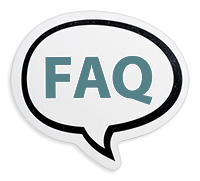Instead of full financial statements, lenders typically accept business activity statements (BAS), bank statements and accountant declarations to assess a borrower’s ability to repay the loan. However, these loans often come with stricter lending conditions, including higher deposit requirements – usually at least 20% – and potentially higher interest rates to offset the perceived risk to the lender.
When should a low-doc loan be considered?
- Low-doc loans aren’t a first-choice solution, but they can be useful in specific situations, such as:
- Recently self-employed borrowers who don’t yet have two years of tax returns but have a stable income.
- Business owners with irregular income who don’t meet standard loan assessment criteria.
- Clients who minimise taxable income for tax purposes, making traditional income verification difficult.
- Investors who need quick financing but don’t have up-to-date financial statements.
Credit requirements and deposit considerations
Low-doc loans don’t have a universal minimum credit score; instead, lenders assess each borrower’s risk profile individually. A good credit score helps secure better terms, but lenders also consider factors like deposit size and financial stability. In most cases, a higher deposit – typically 20-30% – is required compared to standard home loans.
To improve borrowing options, clients can take proactive steps to strengthen their credit profiles, such as making timely payments, reducing credit card balances and limiting new credit applications. Checking credit reports for errors and maintaining a strong financial history can also help improve lending outcomes.
Finding the right loan solution
While low-doc loans are available – particularly through non-bank lenders that specialise in working with self-employed borrowers – they should only be considered when other options aren’t viable, due to the higher interest rates and fees. Each lender has different requirements, so exploring various lenders is key to finding a suitable loan.
Licensing statement: Rayne Finance ABN [70 605 100 838] is authorised under LMG Broker Services Pty Ltd Australian Credit Licence 517192. Disclaimer: (1) As with any financial scenario there are risks involved. This information provides an overview or summary only and it should not be considered a comprehensive analysis. You should, before acting in reliance upon this information, seek independent professional lending or taxation advice as appropriate and specific to your objectives, financial circumstances or needs. This publication is provided on the terms and understanding that: (2) LMG Broker Services Pty Ltd, Rayne Finance (Seed Lending Pty Ltd) and the authors, consultants and editors are not responsible for the results of any actions taken on the basis of information in this publication, nor for any error in or omission from this publication. (3) LMG Broker Services Pty Ltd, Rayne Finance (Seed Lending Pty Ltd) and the authors, consultants and editors, expressly disclaim all and any liability and responsibility to the maximum extent permitted by the law to any person, whether a purchaser or reader of this publication or not, in respect of anything, and of the consequences of anything, done or omitted to be done by any such person in reliance, whether wholly or partially, upon the whole or any part of the contents of this publication.
Explore other FAQs and Facts
Rates are on the move.
Are you getting the best deal on your mortgage?
The Reserve Bank of Australia’s recent cash rate cut presents an opportunity for homeowners to reassess their mortgage. With rates heading downward, it’s the perfect time to refinance, consolidate debt, or increase repayments to pay off your loan sooner. Take control of your financial future and explore your options now.
How to buy a property when you’re self-employed
Securing a home loan when you’re self-employed can be challenging, as lenders often view your income as less predictable and your financial position more complex. Strengthening your finances with stability and transparency can improve your chances. This article shares practical tips to help you secure better loan options, lower rates, and more lender interest.
The pros and cons of paying for LMI
(lenders mortgage insurance)
Lenders mortgage insurance (LMI) often gets a bad rap, but it can open doors for borrowers with smaller deposits. While LMI adds costs, it enables buyers to enter the property market sooner, potentially avoiding years of savings and rising property prices. Understanding LMI’s role is key to making informed decisions.
How to prepare for buying an investment property
Thinking about buying an investment property in 2025? The key to success starts with making yourself as creditworthy as possible. From increasing savings to understanding loan options and deposit requirements, there’s a lot to consider. Here’s how to set yourself up for a strong start.
2025 Money Moves:
Tips for Homeowners, Buyers, and Business Owners
The new year presents an ideal opportunity to reassess your finances. Whether you’re planning to buy property, managing a home loan, or running a business, there are key actions you can take to improve your financial situation. From enhancing your credit score to exploring refinancing options, small changes can make a big impact.
How the property market looks as we head into 2025
Australia’s property market is shifting, with a clear divide between strong and weak performers. While Brisbane, Perth, and Adelaide see robust growth, Sydney, Melbourne, Canberra, and Hobart face slower gains. As interest rate cuts loom in 2025, understanding regional trends will be essential for buyers and investors alike.
December cash rate on hold: 6 reasons to be optimistic about 2025
The Reserve Bank of Australia has kept the cash rate on hold once again, maintaining its cautious stance. While hopes for a rate cut remain unfulfilled, there are six reasons to stay optimistic, even as inflationary pressures and low productivity continue to shape the RBA’s approach to economic stability.
Australian properties see record profits in 2024
The 2023-24 financial year marked a milestone for Australian property sellers, with 96% of houses sold nationwide yielding a median profit of $326,000. This trend reflects the long-term value growth of homes, with capital cities and regional areas both benefiting from a robust market and rising property prices.
The pros and cons of rentvesting
With housing prices up 37.8% since 2020, many Australians face tough choices between renting in desirable suburbs or buying further from city centres. Rentvesting offers a middle ground—renting where you want to live while investing in an affordable property. This approach can build wealth but requires careful financial planning.
5 reasons why this might be a great time to buy
With Australia’s property market cooling, some may see now as an opportune time to buy. While timing the market is tricky, reduced competition, rising rental prices, and potential long-term gains could make this a strategic moment for both first-home buyers and investors to consider entering the market.














